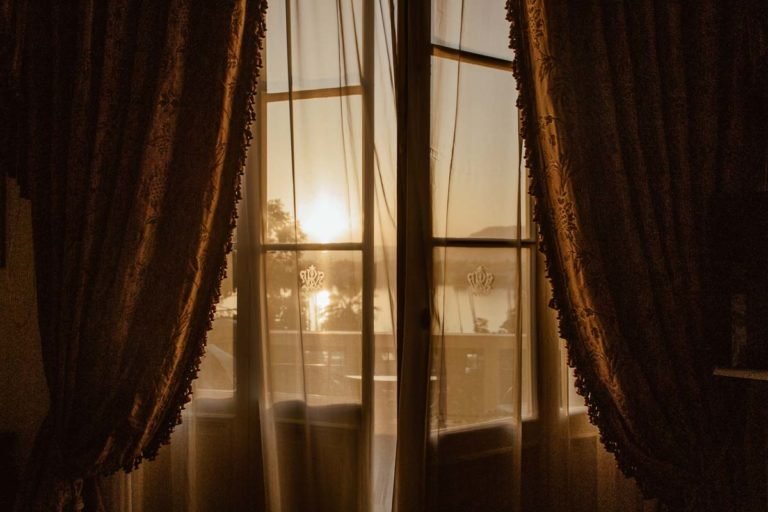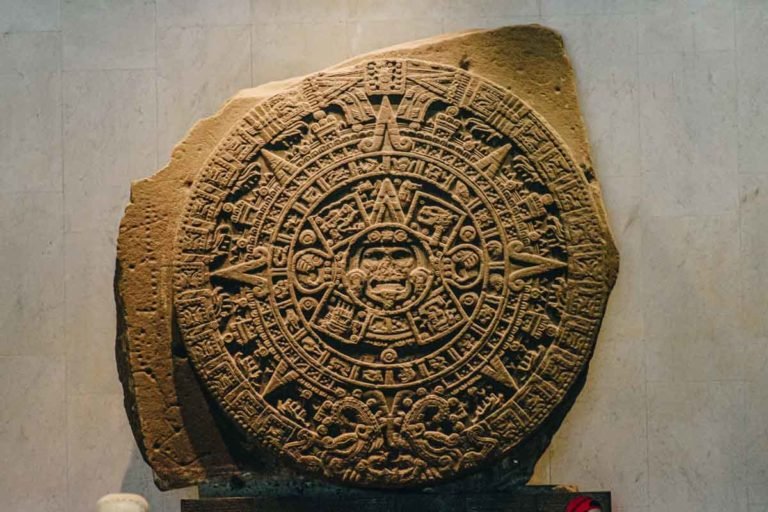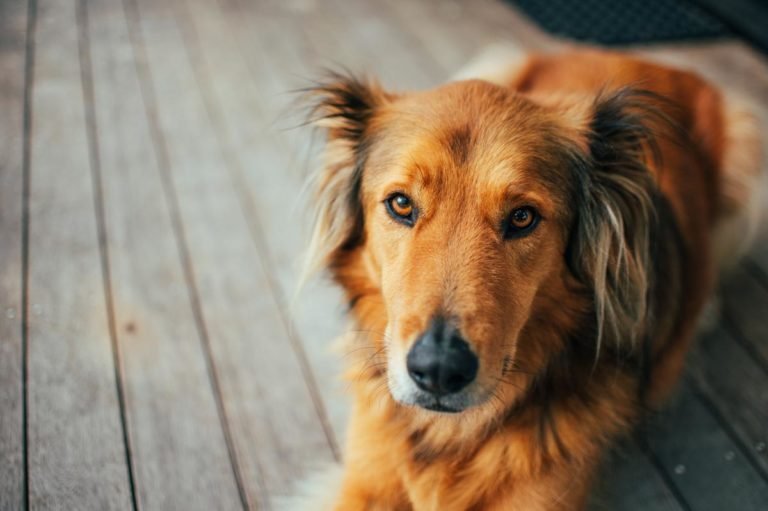What is Balance in Photography ?
Having a balanced life is something that most of us aspire to achieve. Making sure we have the right amount of balance in our lives means that one part does not overshadow or outweigh the other. This principle is just as important in
Photography balance is when the elements of your photo are organised properly, and the image feels whole or complete. The composition might feel natural and appeal to the viewer’s eyes. Every photo has a visual weight that is affected by factors like its composition, size, contrast, color, tone, and texture. These elements must be positioned so that no part has too much “weight” on the whole to produce a well-rounded picture.
A balanced composition looks and feels right. But why is that and how do we achieve it? In this article, we will look at visual weight, balance, and the many ways to achieve balanced photographs.
How is Balance Used in Photography for Better Compositions?
Usually, our brains prefer images that are of equal visual weight. Equal distribution of visual weight is what helps an image look and feel balanced. An image with a balanced weight means that subjects in your frame are not fighting each other for the viewer’s attention.
But it’s not just horizontal or vertical. There are many different types of balance techniques that can affect your photo’s impact on the viewer.

Generally, most forms of balance in
Formal balance often feels more organised. The tension and obvious visual weight of each element in the scene create equal balance.
Informal balance provides more room for creativity. Different parts of the image balance the unequal visual weight. For example, one side of the photo may possess more obvious visual weight than the other. But the balance is held by some other element or texture in the frame.
There are many different ways to use the balance in
Here’s how we do it.
Types of Balance in Photography
Creating balance with composition is one of the most common ways to draw in the viewer’s eye. Achieving a balanced photograph is about so much more than just finding symmetry between the left and right sides of the image. There are four main types of compositional techniques. Although different in method, these can all help create strong, balanced photographs.

Symmetrical Balance
Symmetrical balance is a type of formal balance where two sides of the image appear the same. One side may mirror the other forming symmetry. The key to a symmetrically balanced photo is that all elements on both sides appear to be of equal visual weight.
This makes all of the elements appear equally important. Both sides of the image don’t have to be perfectly the same. However, if the composition follows the same lines on each side of the frame, we may say that the photo has a symmetrical balance.

Symmetrical balance is a common compositional technique in
Given nature’s way of creating perfectly imperfect forms, there are not that many examples of perfect symmetry in our natural world. However, there are plenty in our cities and towns as humans try to create a sense of wholeness and perfection in our world. If you’re looking to photograph symmetry, buildings and streets are probably a good place to start.

Radial Balance
Radial balance uses evenly spread orientated lines, shapes, forms, colours, or patterns surrounding the center. These create radial symmetry. This draws the viewers eye into the middle, creating a central focal point. It can be an effective technique for creating an entrancing photo.

Examples of radial balance are all throughout nature and the human-made world. Artists have used this as inspiration for artworks for centuries. It appears throughout various cultures and spiritualities.
For example, a mandala is a common form of radial balance that creates a sense of perfection in its composition. Other cultures like the Mayans and Aztecs have also used radial symmetry to draw the viewer in.
If you’re looking to create radial balance in your own photo, try looking for objects that have nice circular symmetry — for example, tunnels, winding staircases, or flowers.

Asymmetrical Balance
Asymmetrical balance is also a common form of
Asymmetrical balance is when one side of the frame holds the main subject, and the other side of the image is balanced out by smaller subjects or negative space.
This kind of balance is informal. It can be achieved using negative space, colour, or the rule of thirds to frame your subject.

Using negative space to create focus on one side of the frame is an effective compositional technique. This empty space allows the viewer’s eye to explore the image before it falls on the main subject. The empty space acts as a visual weight to balance out the main subject.
Photographers will often use the rule of thirds to create an asymmetrically balanced composition. In simple terms, this means placing your focus subject off-center or on one-third of your frame.
You may fill the rest of your composition may with smaller objects or a simple background. But the focus will remain on the main subject. Using the rule of thirds, asymmetrical balance means that full attention is given to the focus subject. Therefore there is no tension between it and other objects in the shot.
Examples of asymmetry are all throughout our world, especially when we use the rule of thirds in our compositions. Try going for a walk with your camera and see what you can shoot in this beautiful asymmetrical world.

Crystallographic (mosaic) Balance
Crystallographic or mosaic balance is when multiple objects in one image have equal weight. This kind of informal balance often has a repeating pattern, much like a mosaic.
It may not be a symmetrical pattern, but the elements of the image will sit in the composition in a kind of organised chaos.
This kind of mosaic composition can create interesting texture and depth. The viewer might want to get lost in it as they take in detail from one edge of the frame to the other. This is because our eyes are not given one focal point in the composition, but we take in the scene as a whole.

Mosiac images are often found in nature and the human-made world; we just have to pay attention. You can take a shot based on mosaic balance by filling your frame with multiple objects.
Play around with the size and colour of the elements in your frame. The tension between them creates a dynamic image. These are great for things like background images or wallpapers.
If you are looking to shoot mosaic or crystallographic harmony, pay attention to “organised chaos” and patterns in our world. For example, wild gardens, textured wallpaper, or building faces. These can all sometimes provide a balanced mosaic image.

Other Types of Balance
Creating balanced compositions is not the only way to achieve a balanced image. There are other elements that can affect the outcome of your photograph and the visual weight it possesses. These involve the content of subjects rather than their placement. These may also be combined with a balanced composition to create a well-rounded photo.
Conceptual Balance
Conceptual balance is one of the most interesting types of balance in
Conceptual balance is a philosophical variety of asymmetrical balance. This is where two different subjects complement one another. It goes beyond form or composition. We create this by using opposing objects, themes, or subjects to tell a story. Having a good eye for visual storytelling will be an advantage for those wishing to create images with conceptual balance.
Examples of conceptual balance are often in the street and editorial
The most important skill to have when looking to photograph an image with a strong conceptual balance is observation. The ability to look at the bigger picture will be a key benefit. Most cities would provide many examples of conceptual balance; you just have to keep an eye out for them.
It could be a shot of a very old small building next to a towering skyscraper or two very different people sitting together on a subway. If you were able to photograph these contrasting subjects in one image, you would have caught conceptual balance.

Color and Tonal Balance
Using contrasting colors and different tones can be a fun and interesting way to explore the theory of balance.
Bright and warm colors will usually have a heavier visual weight than lighter or dull colors. For example, if you were to look at an image with one bright or colourful element, it would stand out, even if it is in the background of the photo.
Color may also offset the visual weight of the subjects in consideration of size. For example, a bright smaller object may look heavier than a dull, large object.
Using opposing colors in your photographs can help bring harmony to a scene. However, try not to overdo by having lots of competing colors. Too many colors can make your image feel unbalanced. To learn more about balancing images with color, a good understanding of color theory is important.

Like bright colours in an image, darker or black tones can have more visual weight than lighter tones. A picture is balanced through the contrast of the light and dark regions of the image. The use of darker tones can provide a dramatic but equally weighted photo.
You might find examples of tonal balance in the sky, especially around sunset when the many tones of the setting sun fill the empty sky. Pair this with the dark tones of a silhouette or object at the bottom of your photo. Et voila, you have achieved a balanced tonal photo!

Unbalanced Photos
Unbalanced images have their uses too. An imbalanced image can help us to tell a story in
Sometimes a photo may not have equal weight among its subjects, but it still works to hold the viewer’s eye.
For example, when two objects on one side of an image hold all the visual weight, and the rest of the frame is empty and full of negative space. The image is unbalanced, but it still works. This can help create a dramatic scene and a sense of tension in a photo.

Conclusion
Balance in
Photography balance is achieved in many different ways and can be as diverse as its subjects, whether it’s through thoughtful composition or the use of dynamic subjects. It’s simply a matter of playing around with framing, lighting, and colour to see what feels and looks right.
There is no limit to the ways that you can create beautiful, interesting images in









